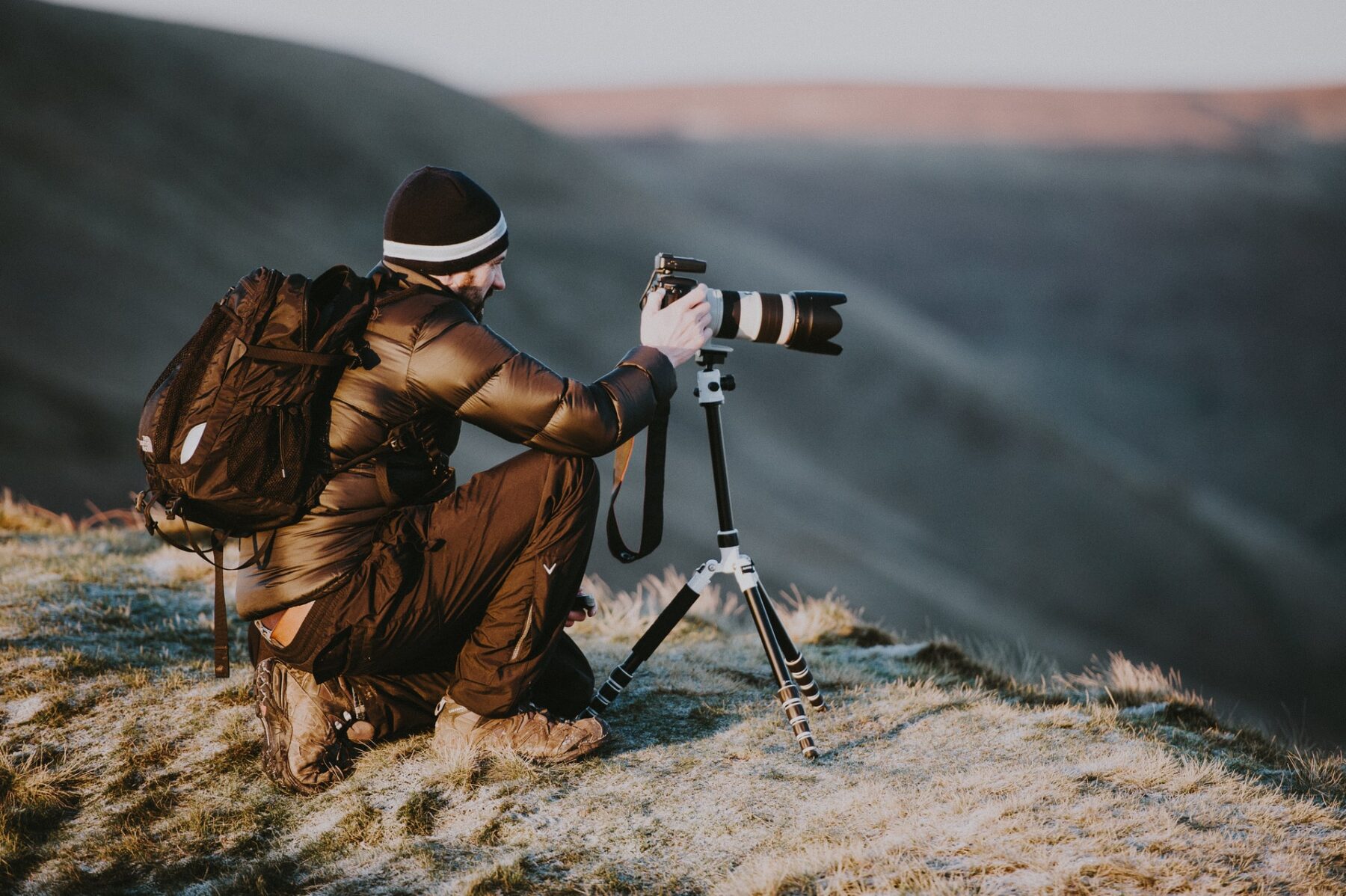Having a freelance job isn’t an uncommon occurrence these days as many young people choose the path of self-employment. Being a freelancer opens up a plethora of possibilities and different work opportunities, regardless of the selected occupation. The same set of “rules” apply to photographers. But, what does it take to make it as a freelance photographer these days?
Well, we’ve prepared some tips and tricks on what it takes to become a freelance photographer in today’s competitive world of photography. If you do things the right way, it might be worth your while. So, why not try it?
Stay with us to learn some of the best tips on becoming a successful freelance photographer today.
Invest in Quality Equipment

Although starting with consumer-level equipment, like a Canon EOS 90D or Nikon D780, will do the job for some time, it’s not going to take you all the way there. Becoming a first-class photographer needs a lot of investment as top-notch equipment is necessary to perform your job distinctively.
You might start your photographing career with one camera body, but you will need more as your business expands. The same goes for lenses, lighting equipment, reflectors, flashes, diffusers, and even computers. You will need these and plenty of other equipment, so your photography studio runs smoothly, whether you opt to shoot portraits, stock photography, real estate, travel photography, or something else.
Don’t worry, it might take time to expand your arsenal, so starting small and investing smartly in your equipment is the right path.
Start a Website

It will be hard attracting clients if they don’t have a way of finding you online. Since everything is online these days, your website should be as well. We cannot stress enough how important it is to have an online presence. Starting with a dedicated Instagram account is good enough, but highly respectable photographers will also invest time and money in creating an attractive website.
Don’t focus simply on creating a portfolio out of your website. It’s essential for it to be a place where you communicate with your clients, manage orders, schedule shootings, and possibly deliver finished work.
Setting up a website isn’t as complicated as it might sound. All you need to do is find an online program, such as WordPress, or similar, and follow the guidelines. If you’re still building your portfolio for the website, it shouldn’t be a problem to find models willing to pose for photographs in exchange for free professional snaps. The website can quickly turn out to be the to-go place for clients to find more information about your work.
Pro tip — Invest in advertising on social media, like Instagram and Twitter. You will quickly grab the attention of avid social media users.
Start Blogging Daily

Once you’ve set up your website, it’s time to start blogging daily. It might seem unnecessary or feel like overworking, but daily blogging will keep you sharp. You will force yourself to take photographs for a particular purpose i.e. for your blog instead of your paying clients. This way, you will be working on your skills while trying out new lenses, angles, edits, etc.
By updating your website daily, you will stay active, and potential clients will see the appeal in a regularly updated website. Daily blogs are an excellent way of attracting new clients by creating a community of site visitors. Regulars in the making will increase the foot traffic on the site, thus making other interested parties curious about your work.
Don’t forget to incorporate your unique style into the blog as it’s significant for the site visitors to get an idea of who you are. It might take some time for the blog to kick off, but if you’re patient, it might turn out to be more lucrative than you initially thought.
Work Smart

Since you’re starting a business by yourself, you will be taking over a few key roles. Aside from the photographer, you will also be acting as an accountant, assistant, and manager, among other functions. So, it’s crucial to distribute your work accordingly, thus work smart and not hard.
The smartest thing you can do is start with a business plan. From there, all other steps will fall into place. It might be a good idea to invest in applications that will help you navigate your business, such as a virtual finance app, or hire another freelancer who will take care of your taxes. Helping hands like these will save you time by letting you focus on photography, which is what it’s all about.
Pro tip — don’t forget to sync your calendar over multiple devices to manage your schedule more efficiently.
*****
Discover more about Rebecca Brown at www.roughdraft.eu







